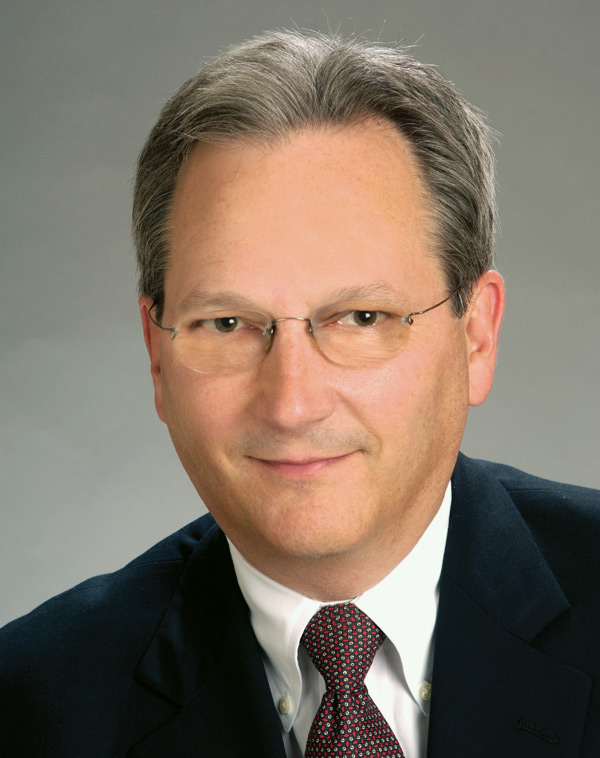 In recent weeks presidential hopefuls Hillary Clinton and Jeb Bush have released proposals outlining how they would modify federal income tax code provisions governing charitable giving.
In recent weeks presidential hopefuls Hillary Clinton and Jeb Bush have released proposals outlining how they would modify federal income tax code provisions governing charitable giving.
The Clinton plan
Hillary Clinton has opted to pursue the strategy consistently advocated by the current administration. Under this approach the charitable deduction, along with other itemized deductions, would be capped at the 28 percent tax rate. This new tax on charitable gifts made by high-income persons is included as a means of funding Clinton’s plans for student loan relief.
Capping charitable and other deductions does, in fact, amount to a carefully targeted tax increase. How would this work?
Suppose a taxpayer is in the 39.6 percent tax bracket and makes a charitable gift of $10,000. If the gift is fully deductible, it would require $10,000 of pre-tax income to make the gift.
If the charitable gift is deductible only up to 28 percent, then a tax of 11.6 percent (39.6 – 28 = 11.6) will be due on the $10,000. But that is not all, because the $10,000 gift would have to be made net of pre-tax income. This means the taxpayer will need to earn $11,312 to fund this gift. In practical terms, the donor must earn $1,312 more to afford to make a $10,000 after-tax gift. That is an increase of more than 13 percent in the income required to make the gift.
To keep the after-tax cost of the gift the same, the hypothetical donor would need to reduce her gift to $8,840. This would be the remainder of $10,000 of income minus the $1,160 in tax due on that income. That would be an 11.6 percent reduction in the amount of the gift.
Remember a portion of every dollar earned is taxed, part is spent, part is saved, and a certain amount may be given to charities or others. If the amount of income that it takes to make a gift increases because of a rise in taxes, then either spending, saving or gifts to others must be cut by the same amount. Alternatively, a donor may decide to reduce the amount of a gift by the new tax amount to keep all other spending and saving in line.
Who would be affected?
The Clinton proposal essentially would leave the cost of making charitable gifts unchanged for taxpayers who pay taxes in brackets of 28 percent and below.
Taxpayers above that income level, starting with single persons making more than $189,300 in 2015, would begin paying the new tax on their charitable gifts as described above. The resulting impact of this proposal may not be insignificant. For 2013, the IRS reports that taxpayers with incomes over $200,000 accounted for some 47 percent of all itemized charitable gifts and 37 percent, (over one-third) of all giving by individuals as reported by Giving USA. A decrease in giving by those effected by the Clinton proposal would no doubt be felt by many of America’s nonprofits.
The Bush plan
The changes in charitable tax law policy proposed by Jeb Bush would have a different impact from the Clinton proposal.
Bush would place limits on the total amount of tax savings taxpayers could enjoy from itemized deductions. He would, however, exempt the charitable deduction from those limits. Further, Bush would not limit deductions based on a taxpayer’s bracket, and amounts given to charity would be fully deductible and tax free regardless of a donor’s income level. So far, so good.
The critical difference in the Bush proposal is the increase in the standard deduction taxpayers can take in lieu of itemizing their deductions. For couples, this increase would be from $12,600 in 2015 to $22,000.
This means that a couple could not take any deductions unless they total more than the $22,000 standard deduction, and then would benefit only to the extent their charitable gifts are a portion of total deductions exceeding $22,000.
Bush would also disallow the deduction for state and local taxes. This is the largest single source of current tax deductions, even greater than mortgage interest deductions. The net effect of increasing the standard deduction and disallowing the deduction for state taxes would be that only a small number, estimated by some as low as 5 percent, of taxpayers would itemize.
The Bush plan would also eliminate the Pease Amendment that currently limits the charitable deductions of many high income taxpayers. This would further increase the attractiveness of giving for the highest income taxpayers.
Who would be affected?
Returning to our illustration of the pre-tax income required to make a gift, what do we find? A donor in the 28 percent tax bracket (for example, individuals earning between $90,751 and $189,300 for 2015) who could no longer deduct charitable gifts would have to earn $13,888 and pay $3,888 on that amount to net the $10,000 required to make their gift. That is a 38 percent increase in the income required to make the gift.
From a charitable giving perspective, therefore, the math reveals that those who would benefit the most from the charitable deduction under the Bush plan would be donors with high incomes who itemize deductions and are giving relatively large amounts.
While some amount of charitable giving is assumed in the standard deduction, all taxpayers receive the benefit of charitable gifts assumed as part of the standard deduction whether or not they make charitable gifts.
The bottom line
Both the Bush and Clinton proposals for dealing with taxation of charitable gifts would increase the cost of giving for some donors. Those who would feel the impact of the changes, however, could not be more different.
Clinton’s proposal would fully preserve the benefits of charitable gifts from donors of relatively moderate means who itemize and do not give extraordinary amounts. The Bush proposal would, on the other hand, effectively eliminate the tax benefits of giving for most taxpayers while preserving the benefits for those with higher incomes making major gifts.
 Treat or Trick? Time will tell which approach, if either, becomes reality. It is interesting, however, to be aware of how policy differences extend to candidates’ attitudes toward philanthropy and how important it is to look beyond the headlines to determine the true impact of various proposals.
Treat or Trick? Time will tell which approach, if either, becomes reality. It is interesting, however, to be aware of how policy differences extend to candidates’ attitudes toward philanthropy and how important it is to look beyond the headlines to determine the true impact of various proposals.
Editor’s note: This column is the first in a periodic series Give & Take will feature offering updates on significant proposals for changes in federal tax laws affecting charitable giving.
Robert Sharpe is Chairman of Sharpe Group.

